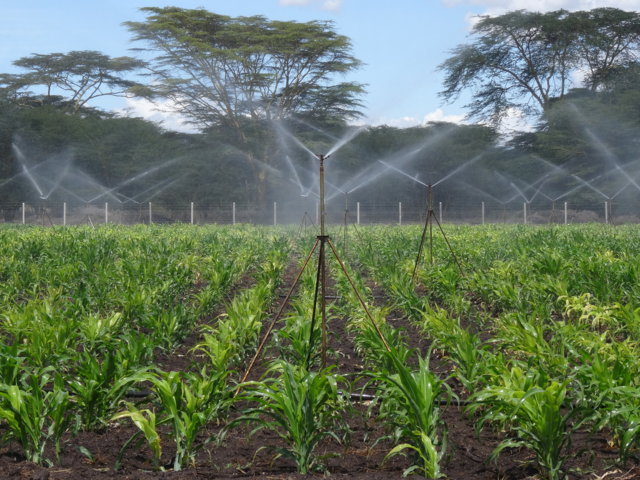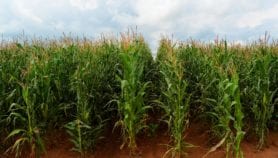By: Dorcas Odhiambo
Send to a friend
The details you provide on this page will not be used to send unsolicited email, and will not be sold to a 3rd party. See privacy policy.
[NAIROBI] Technologies that spurred Green Revolution in Asia will not work in Africa and the continent needs to adopt new ones.
According to Alejandro Nin-Pratt, a senior research fellow at the US-based International Food Policy Research Institute, many factors affect new technologies adoption but if they do not result in economic benefits for farmers, there is no incentive for adoption.
“The problem is that different agricultural innovations use different inputs differently. We classify agricultural innovations according to how they use land, labour, and inputs such as fertiliser as land- and labour-saving,” says Nin-Pratt, who last month (19 February) received the Elsevier Atlas Award for a study that describes the reasons African countries may not be ripe for Asian-style Green Revolution.
“Some countries will require ‘technology packages’, combining these improved varieties with labour saving technologies like mechanisation to reduce labour demand during seasonal labour peaks and reduce costs.”
Alejandro Nin-Pratt, International Food Policy Research Institute
The study, which was published in the journal Food Policy in October last year, assessed the relevance of technologies such as use of fertilisers for a Green Revolution in Ghana.
The researchers analysed whether fertiliser use could lead to high population density and increased production, and whether efficient production practices could result from land-intensive innovations.
“Overall, we do not find evidence of Asian-style Green Revolution agricultural intensification
in Ghana,” the authors wrote in the journal. “In fact, we find no correlation between population density and input intensity. We also find that labour costs still play a major role in Ghanaian agricultural development in limiting the adoption of labour-intensive technologies even in relatively high population density areas.”
Land-saving innovations normally use fertiliser, labour and husbandry techniques to increase output for each unit land area while labour-saving innovations include machines and herbicides, Nin-Pratt adds.
The implications for technology adoption are that farmers in land-abundant regions such as Latin America, according to Nin-Pratt, demand labour-saving innovations and crops to produce more food or a higher value of output for an hour of labour employed.
Technologies from other regions will need to be adapted to Africa’s diverse agroecologies and economic conditions.
Colin Poulton, the special issues editor of Food Policy, in a statement published by Elsevier highlighting the research and the award, agrees: “The findings are an important contribution to debates about future pathways for agricultural growth in Africa, showing that an input- and labour-intensive approach will not suit all areas (and possibly will not suit many).”
Nin-Pratt explains that their study shows trying to increase cereal productivity based on improved varieties, intensive labour and fertiliser as in Asia will not necessarily work in Africa where agriculture is mostly limited by the high cost and low productivity of labour.
“Some countries will require ‘technology packages’ combining these improved varieties with labour saving technologies like mechanisation to reduce labour demand during seasonal labour peaks and reduce costs,” Nin-Pratt says.
Government policies and investments will also be required for output and input markets and product value chains that facilitate technology adoption and allow farmers to access urban markets, he adds.
But Paul Kimani, a plant breeder with Kenya’s University of Nairobi, disagrees, saying Asia’s green revolution was spurred by crop technology capable of increasing yields and a ready market for the increased production.
“Many Asian countries had the same problems faced by many African countries today, namely huge food deficits due to large and rapidly growing populations,” he tells SciDev.Net.
It was clear that the only way to get out of this was improved varieties and enhanced use of fertilisers to improve soil fertility to meet demand of the new varieties, he adds.
“In most countries wheat and rice imports have risen rapidly in the last decade, and gradually replacing traditional staples,” he tells SciDev.Net. “Numerous studies have shown that soils are either depleted or get quickly depleted after a few seasons of cultivation.”
Kimani adds that to realise African Green Revolution there is a need for development and use of best crop varieties and promotion of the use of appropriate and adequate technologies, including fertilisers.
>Link to full article in Food Policy
This article has been produced by SciDev.Net's Sub-Saharan Africa desk.
References
Food Policy doi:10.1016/j.foodpol.2014.05.004 (2014)














